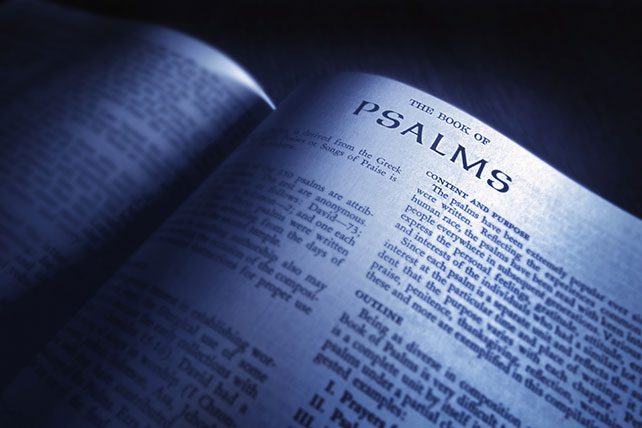Interpreting the Psalms requires understanding their poetic nature and historical context. While Psalms are deeply emotional, they also use figurative language, symbolism, and imagery. While approaching the Psalms for beginners, one might appreciate a breakdown of how to begin and tips for incorporating the Psalms into an everyday rhythm.
A Closer Look at the Psalms for Beginners
The Psalms were written over several centuries, from the time of Moses through the Babylonian exile and beyond. They reflect the varied experiences of the Israelite people, including their struggles, victories, and moments of despair and hope. Understanding the historical events that influenced the writing of the Psalms can deepen one’s appreciation of their relevance and power.
RELATED: 19 Dynamic Bible Study Ideas for Deeper Faith
The Psalms are written in Hebrew poetry, which relies heavily on parallelism and imagery rather than rhyme or meter. Understanding these poetic devices can enhance your appreciation of the Psalms’ beauty and depth.
Several Psalms, known as Messianic Psalms, are believed to prophesy the coming of the Messiah. These include Psalms like Psalm 2, Psalm 22, and Psalm 110. Understanding these Psalms can provide insight into their fulfillment in the New Testament and their significance in Christian theology.
King David is traditionally attributed with writing many of the Psalms. Understanding his life story — from shepherd boy to king of Israel — can provide context for the Psalms and illustrate how personal experiences are woven into worship.
Daily Psalms Meditation
For those new to meditation, the Psalms offer a way into this practice through their rich imagery and emotional resonance. By focusing on a single Psalm or a few verses and contemplating their meaning, you can find peace, wisdom, and connection to God. This can be a daily morning practice to start your day with spiritual focus or an evening reflection to find peace before sleep.
To interpret them effectively:
- Consider the Context: Understanding the historical and cultural backdrop of each Psalm can provide insight into its meaning and purpose.
- Identify the Type: Recognizing whether the Psalm is a lament, thanksgiving, praise, wisdom, or royal Psalm can help clarify its central message.
- Examine the Structure: Notice the organization, repetitions, and transitions within the Psalm.
- Reflect on the Imagery: Consider the metaphors and similes used to convey deeper spiritual truths.
- Personal Application: Think about how the themes and emotions of the Psalm relate to your own life and spiritual journey.
Praying with the Psalms for Beginners
Psalms are not just to be read; they’re meant to be prayed and sung. Beginners can incorporate Psalms into their prayer life by:
- Choosing a Psalm that resonates with your current emotions or circumstances.
- Reading it slowly, allowing the words to sink in.
- Speaking the Psalm aloud as a personal prayer to God.
- Meditating on a verse or phrase that stands out to you.
- Writing down your thoughts and prayers in response to the Psalm.
Famous Psalms for New Readers
For those new to the Psalms, starting with some of the most famous ones can be a good introduction:
- Psalm 23: The Lord is my shepherd; I shall not want.
- Psalm 51: Have mercy on me, O God, according to your steadfast love.
- Psalm 100: Make a joyful noise unto the Lord, all ye lands.
- Psalm 121: I lift up my eyes to the hills. From where does my help come?
- Psalm 139: O Lord, you have searched me and known me.
These Psalms offer a glimpse into the range of emotions and themes covered in the book.

